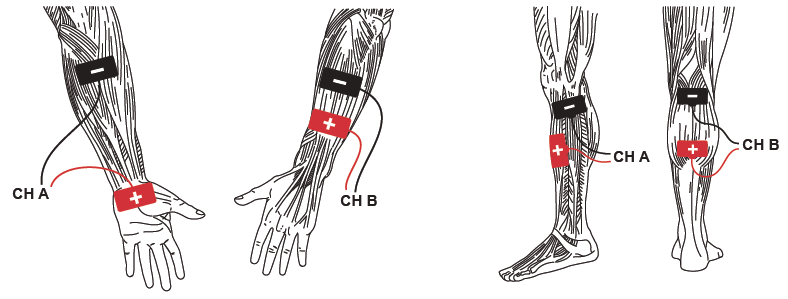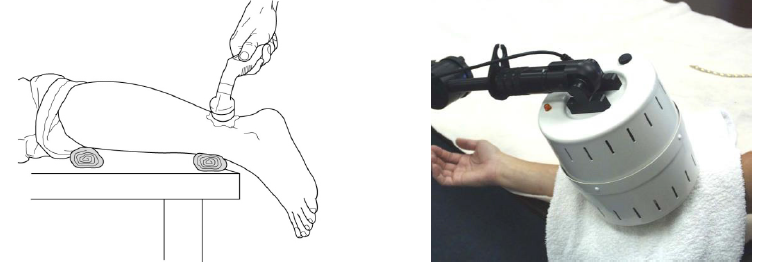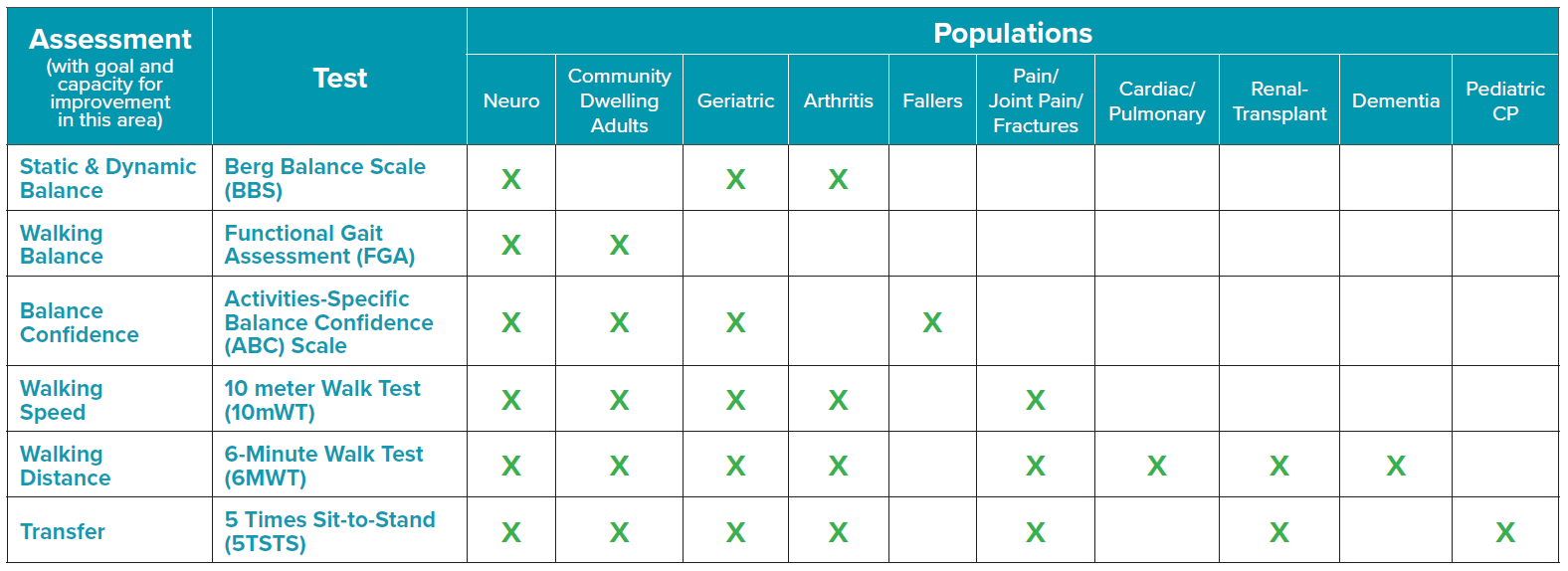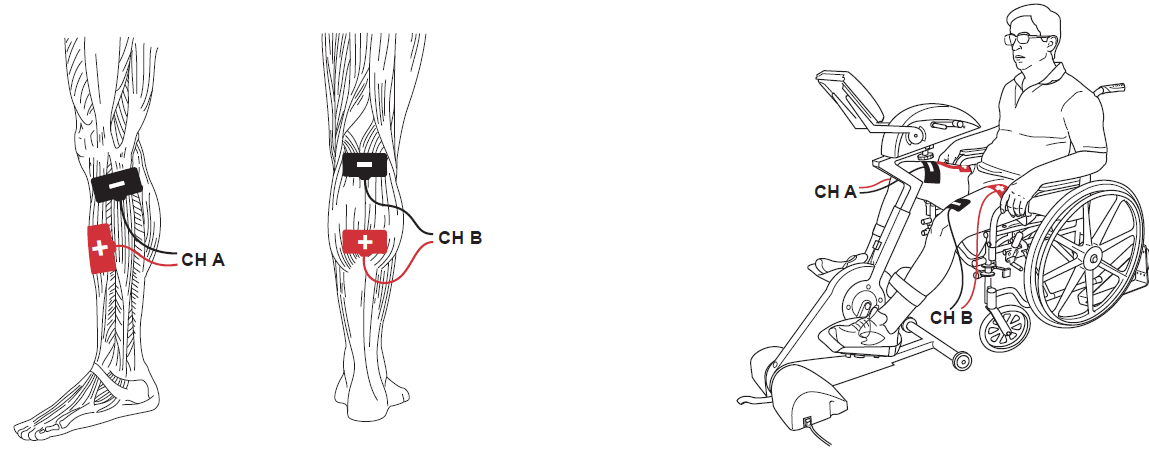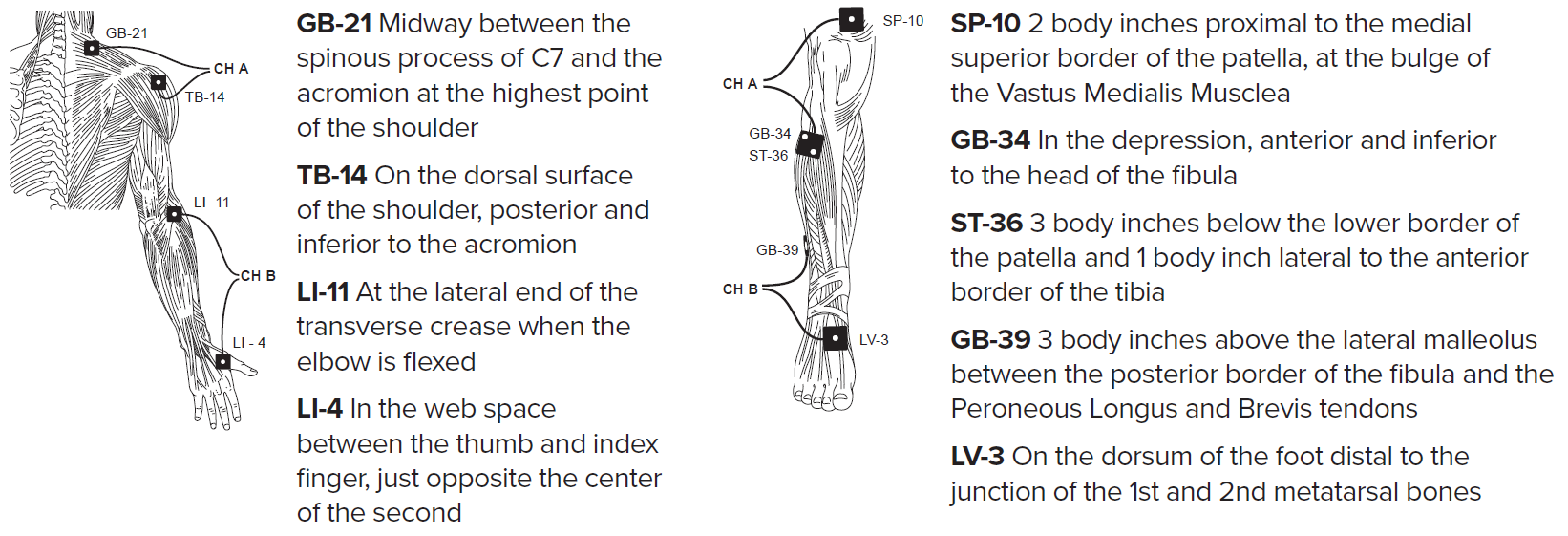Hypertonia is defined as excessive muscle tone which leads to stiffness with movement or inability to move a joint and often occurs with neurological conditions such as upper motor neuron lesions (CP, CVA, TBI, SCI, MS) and basal ganglia disorders (PD, Huntington
disease, Dystonia). While the terms spasticity and hypertonia are often used interchangeably, spasticity is actually a subtype of hypertonia in which muscle tone is increased by the speed of joint movement. (NIH, 2019)
Topics: Clinical Tip, Neuro Rehab
Decreasing Pain and Improving Functional Mobility with Electrical Stimulation and Exercise
Patient Information: Male, Age 49
Diagnosis: Pneumonia / Neuropathy
History: This gentleman was found by EMS unable to get out of bed and covered in soiled bedding with insect infestation, and reported he hasn’t been out of bed for “quite some time.” He
was admitted to the hospital with pneumonia, then transferred to a skilled nursing facility
for rehabilitation services.
Topics: Pain Management, Patient Success Story, Neuro Rehab
Range of motion (ROM) deficits may affect an individual’s ability to move, care for themselves, or perform typical daily activities including self-feeding, walking, and dressing. Decreased ROM is a common deficit addressed regularly by rehab professionals in all settings. Contractures arise from shortened muscle or other joint structure restrictions, leading to reduction in mobility and deformity with resultant reduced function.
• Prevalence of contractures in nursing homes is estimated at 55% with significant functional and medical consequences. (Offenbächer, 2014)
• Patients who are immobilized for a prolonged period are at risk of developing joint contractures, which often affect functional outcomes. (Born, 2017)
Topics: Clinical Tip, Orthopedic, Neuro Rehab
The use of outcome measures has become the standard of care to objectively assess changes in function, quantify clinical observations, enhance interdisciplinary communication, and examine intervention effectiveness at the patient and practice levels. Inconsistent use of outcome measures remains an issue due to difficulty identifying the most suitable measures based on patient diagnosis, acuity of condition, or practice setting.
Topics: Clinical Tip, Neuro Rehab
Improving Cognition Involving Safety Awareness, Memory, and Attention using Virtual Reality in Therapy
Patient Information: Male, Age 57
Diagnosis: Cognitive Communication Deficit / Chronic Obstructive Pulmonary Disease /
Chronic Heart Failure
History: This gentleman was admitted to a skilled nursing facility and referred to speech therapy for decreased cognitive function and failure to thrive following bilateral above knee amputations. Previously, the gentleman lived at home.
Topics: Patient Success Story, Neuro Rehab
Using Electrical Stimulation to Manage Complications of Diabetes
It is estimated that over 30 million individuals (9.4%) in the US population has diabetes, while more than one in four do not know they have the disease. A staggering 84.1 million adults have pre-diabetes and, of these individuals, 9 out of 10 are unaware of the condition. Diabetes affects multiple parts of the body and causes many complications such as heart disease, stroke, kidney dysfunction, diabetic neuropathy, orthopedic problems, gum disease, and eye disease. Managing blood glucose levels, a healthy lifestyle and physical activity can help prevent these complications.¹
Topics: Pain Management, Clinical Tip, Neuro Rehab
Improving Strength and Functional Mobility After a Stroke Using Electrical Stimulation and Exercise
Patient Information: Male, Age 71
Diagnosis: Stroke / Left Hemiparesis
History: This gentleman suffered a stroke causing hemiparesis (muscle weakness) to his left leg and arm. After spending a week and a half in the ICU and an additional three weeks in inpatient rehabilitation, he received six weeks of outpatient therapy. Prior to his stroke, this gentleman was independent with all mobility and worked full-time running a heavy equipment corporation.
Topics: Patient Success Story, Neuro Rehab
Electrical Stimulation Intervention to Treat Stroke Related Impairments
Cerebral vascular accident (CVA), or stroke, affects 795,000 individuals each year and is the fifth leading cause of death in the United States, killing 140,000. Approximately 87% of all strokes are the ischemic-type. Additionally, it is the leading cause of serious long-term disability. Individuals who suffer stroke often have communication challenges, dysphagia, pain, edema, depression, limitations in mobility, and impaired functional ability.1,2
Topics: Clinical Tip, Neuro Rehab
Improving Range of Motion of the Hand for Ability to Self-Feed Using Patterned Electrical Stimulation and Exercise
Patient Information: Male, Age 94
Diagnosis: Chronic Kidney Disease / Generalized Weakness
History: Following hospitalization related to chronic kidney disease, this gentleman, a long-term skilled nursing facility resident, was referred to occupational therapy to address severely decreased range of motion (ROM) in his right hand which limited his ability to feed himself. Prior to the hospitalization, he was able to feed himself independently.
Topics: Patient Success Story, Orthopedic, Neuro Rehab
Stroke is a common diagnosis in rehabilitation and resultant visual field disorders can be a significant barrier to a successful rehabilitation program.
Topics: Clinical Tip, Neuro Rehab

